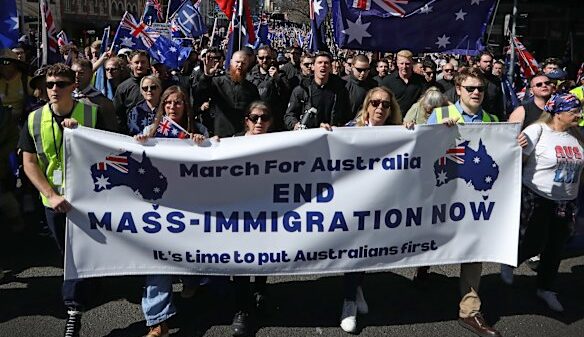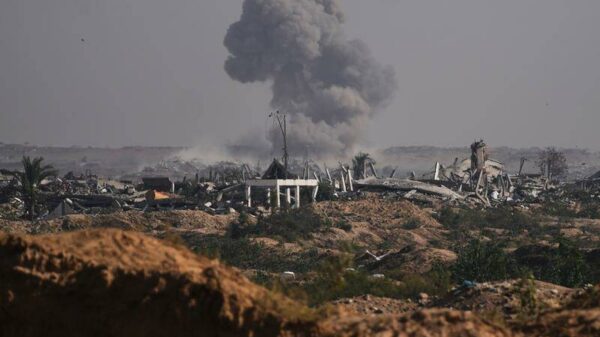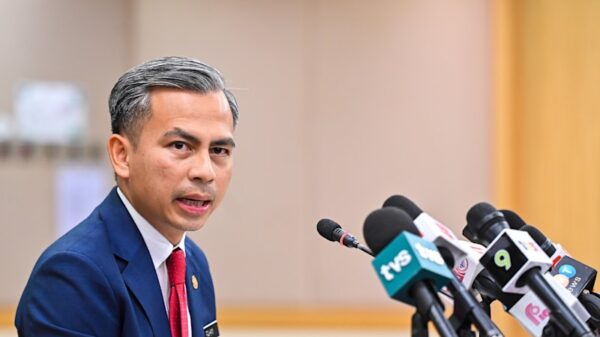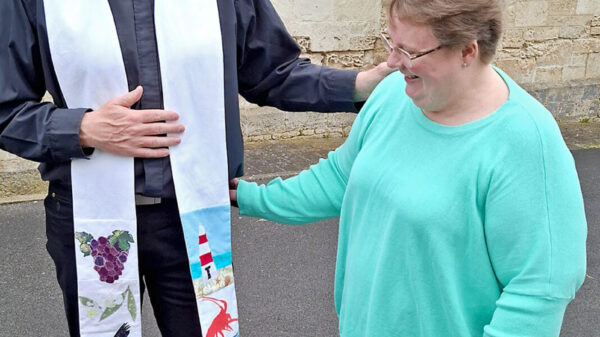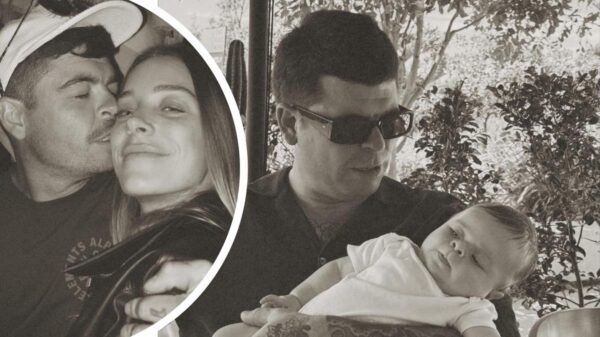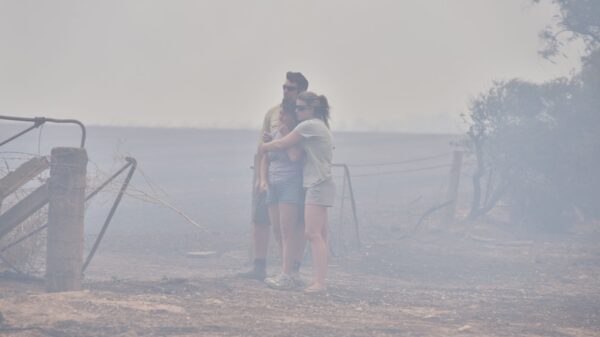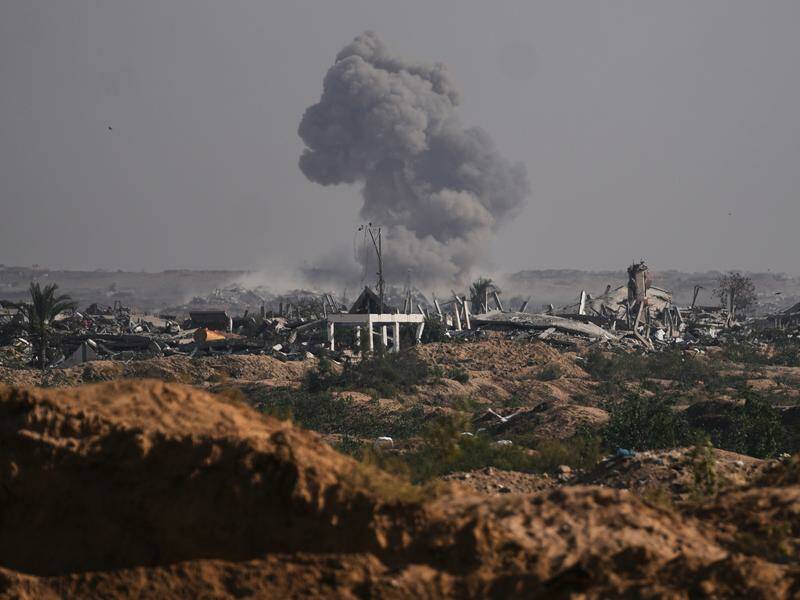Israeli forces have killed three Palestinians in Gaza, raising concerns about the fragile ceasefire established on October 9, 2023. The incidents occurred near the line demarcating areas of Israeli control. According to Palestinian medics, an Israeli drone strike targeted a group of individuals east of Khan Younis, resulting in two fatalities and one injury. Additionally, a tank shell struck an area on the eastern side of Gaza City, causing another death.
Israel’s military stated it acted after identifying what they termed “terrorists” crossing the yellow line and approaching Israeli troops, which they claimed posed an immediate threat. Meanwhile, the armed wing of the Palestinian Islamic Jihad reported that it had located the body of a hostage in an area controlled by Israeli forces. This body is one of three still unaccounted for in Gaza; however, details regarding the timeline for the handover remain unclear.
The truce, which halted nearly two years of intense conflict, has not fully resolved the underlying issues. Hamas released all 20 surviving hostages in exchange for nearly 2,000 Palestinian prisoners held by Israel. The agreement also stipulated the return of the remains of 28 hostages in exchange for the remains of 360 militants.
Since the truce took effect, both sides have accused each other of violating the terms and have resisted subsequent requirements outlined in a peace plan proposed by former U.S. President Donald Trump. According to the Gaza Health Ministry, at least 342 Palestinians have been killed by Israeli fire since the ceasefire began, while Israel reports three of its soldiers have lost their lives due to militant gunfire during the same period.
International Response and Future Discussions
Last week, the United Nations Security Council formally endorsed Trump’s peace plan, which envisions an interim technocratic Palestinian government in Gaza. This government would be overseen by an international “board of peace” and supported by a multinational security force. Trump’s proposal also calls for reforms within the Palestinian Authority, based in the Israeli-occupied West Bank.
Former British Prime Minister Tony Blair, involved in the development of the plan, met with the Palestinian Authority’s Deputy Leader Hussein al-Sheikh in the West Bank on Sunday. Al-Sheikh indicated in a social media post that they discussed the implications of the Security Council resolution and the requirements for Palestinian self-determination.
Meanwhile, a Hamas delegation, led by its exiled chief Khalil al-Hayya, has been in Cairo engaging with Egyptian officials to explore the next steps in the ceasefire process. According to Hazem Qassem, a spokesperson for Hamas, the path to the next phase is complex. Qassem noted that Hamas has communicated to Egypt that Israeli violations are jeopardizing the agreement.
One of the significant challenges in advancing the ceasefire is the composition and mandate of the proposed international security force. Israel insists that any multinational force must disarm Hamas, a demand that the group has resisted without prior recognition of Palestinian statehood, which Trump’s plan broadly envisions as the ultimate objective.
Qassem emphasized the necessity for the security force to ensure that the Israeli military stays away from Palestinian civilians. A Palestinian official involved in the Cairo discussions expressed significant uncertainty regarding the deployment of international forces. “The Americans haven’t presented a detailed plan,” the official remarked. “It is unclear what kind of forces will be involved, their roles, and where they will be stationed.”
This ongoing situation highlights the complexities of achieving lasting peace in the region, with both sides facing immense pressure from their respective constituencies. The international community continues to monitor developments closely, seeking pathways to a resolution that respects the rights and aspirations of both Palestinians and Israelis.






